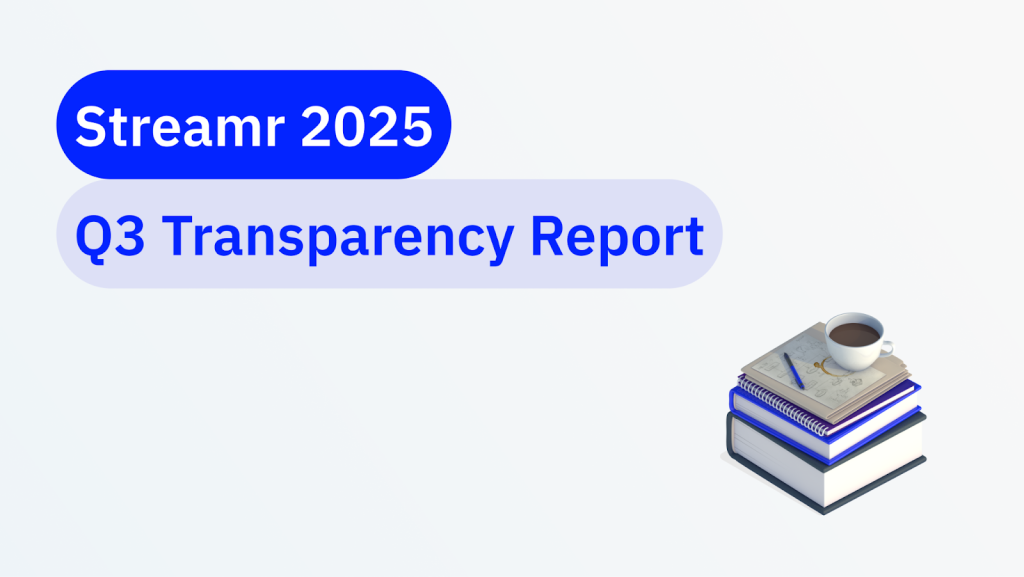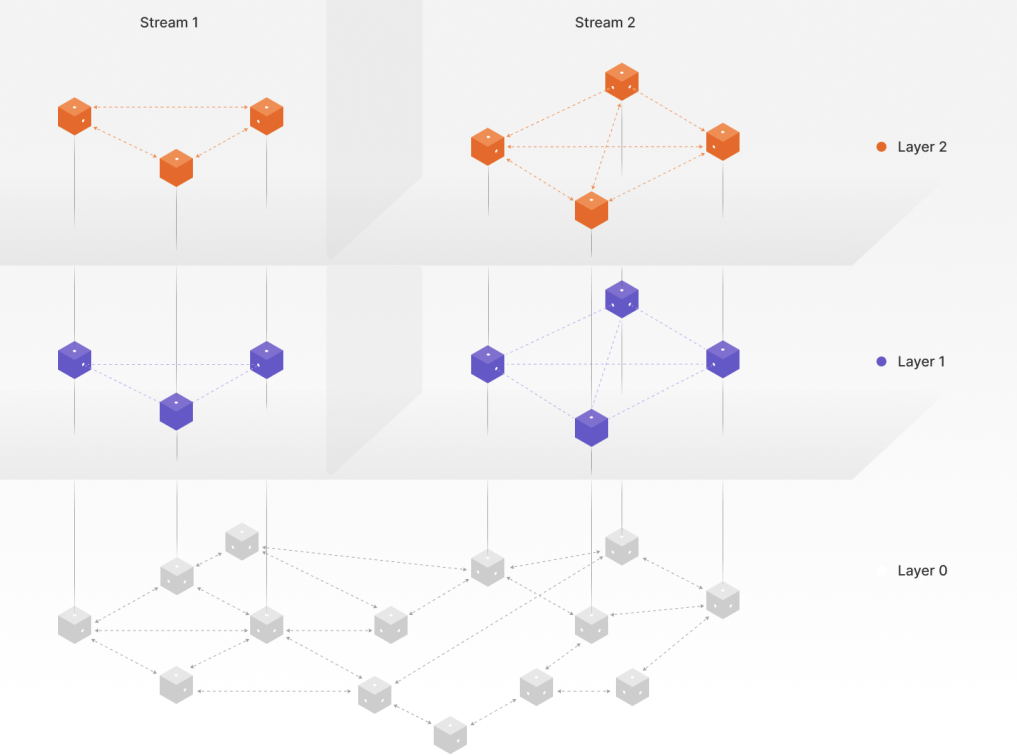A couple of weeks ago, I had the chance to attend the Nexus Forum in the heart of Europe,Brussels. The two-day event was packed with presentations from policymakers, researchers, and SMEs, all coming together to discuss one key question: What should the European Edge Cloud Continuum look like, and how can it be built?
For those unfamiliar, the European Edge Cloud Continuum is a strategic initiative focused on enhancing Europe’s capabilities in cloud computing and edge technologies. At its core is the idea of moving data processing closer to where it’s generated, allowing for faster, more efficient management and processing of data at the edge—rather than relying on distant data centers.

But as someone deeply involved in decentralized technologies, I had a burning question on my mind: How do projects like Streamr and decentralized technologies such as DePIN fit into this vision? I made it my mission to find out during the event, and I’ll share what I learned throughout this blog post.
Table of Contents
The Motivation Behind the European Edge Cloud
Before diving into where decentralized technologies fit in, let’s step back and examine why the European Union (EU) and the European Commission (EC) are pouring resources into cloud and edge computing.

Europe’s technology landscape is heavily reliant on non-EU providers. In 2022, Amazon, Microsoft, and Google controlled a whopping 72% of the European cloud market. By contrast, European cloud providers saw their share plummet, dropping from 27% in 2017 to just 13% by 2022. The future for European providers seems grim as they struggle to compete with these hyperscalers.
While this dependency may not seem like an immediate concern for the average user or even cloud engineers, it raises significant geopolitical risks at the policy-making level. So far, these risks have been addressed through regulations like GDPR, the Data Act, and the AI Act, which set the rules for how non-EU players can operate in European markets. However, regulations can only do so much—what Europe really needs is cloud sovereignty.
Cloud sovereignty means building European-owned and -managed technologies that can compete with the largest global players. The EC has ambitious goals, such as ensuring that 75% of EU enterprises adopt cloud solutions by 2030 and deploying over 10,000 edge nodes to deliver computing resources on demand. But this goal is daunting, and at Nexus Forum, the investment gap between Europe and the U.S. became clear: roughly 1.2 trillion euros separates European initiatives from U.S. hyperscalers like Amazon, Google, and Microsoft.
Federated Cloud and the Edge Continuum: Europe’s Response
Europe’s solution to this imbalance is to lean on a federated cloud model. The theory is that by combining and aggregating smaller players—like telecom operators, cloud providers, and local services—Europe could form a larger entity capable of competing with the global giants. However, the European market is fragmented, divided by language barriers, national borders, and varied product offerings. Major players like OVH and Deutsche Telekom operate individually, making it difficult to build a unified front.

Another key piece of this strategy is the cloud-edge continuum: a network of providers ranging from cloud computing giants to small edge nodes and IoT devices, all working together to offer computing resources as close to the data as possible.
Where Do Decentralized Technologies and DePIN Fit In?
I posed this question to several attendees, but none could provide a direct answer. The closest I came to an answer was revealed in a research & innovation (R&I) roadmap that was released during the Nexus Forum.
Decentralized technologies were placed at the far end of the roadmap under the hyper-decentralized cloud-edge continuum category. The idea is that in the future, individuals or small entities could set up their own edge servers—powered by green energy—and process data as close to where it is produced as possible. These servers could even be commercialized under a pay-per-use model. However, this vision comes with challenges, such as decentralized service discovery, lifecycle management, and building trust mechanisms.

What struck me was that, coming from the Web3 space, this “future” is already here. Today, we already have solutions that allow individuals to rent out their underutilized computing, storage, and networking capacity. It seems that while the European Commission envisions this as a distant goal, many DePIN projects have already brought this vision to life today.
Key Takeaways
- EU Commitment to Cloud Development: It’s encouraging to see the EC actively supporting the development of European cloud capabilities—not only at the policy-making level but also through funding. However, there seems to be a disconnect in understanding the current state of decentralized technologies and their potential role in achieving cloud sovereignty. For instance, the goal of 10,000 edge nodes could easily be met if DePIN projects were integrated into the EC’s strategy.
- Challenges for the Federated Cloud Model: While the federated model has potential, much work remains to be done if Europe wants to combine large cloud providers with smaller, decentralized players like those running DePIN services. The key challenge will be making these services competitive with giants like Amazon and Google, while also ensuring the user experience is seamless and intuitive.
- Bridging the Gap Between Web3 and Policy: Lastly, there needs to be more dialogue between the DePIN space and the policymakers shaping Europe’s cloud strategy. The EC’s cloud-edge continuum roadmap could benefit from deeper engagement with these communities, which are already implementing the very technologies that Europe aims to develop by 2030.
How can Streamr Help?
There are several ways how Streamr can contribute to the European Commission’s vision of cloud sovereignty.
From a technological perspective, Streamr has positioned itself as the connective tissue between various DePIN projects. Its decentralized, hyper scalable pub-sub solution can be applied in multiple contexts. For instance, it can offload content delivery networks (CDNs), easing the load on video streaming services, or gather and aggregate IoT data from edge devices without the need for a centralized authority. This ability to act as a decentralized data backbone makes Streamr a valuable asset in building a more sovereign European cloud infrastructure.
Secondly, as experts in the DePIN space, I believe we should take an active role in the discussions shaping the future of European cloud technologies. By participating in forums and facilitating dialogues between existing and future DePIN projects and EU policymakers, Streamr could play a critical role in bridging the gap between decentralized innovation and policy frameworks. Our involvement could help ensure that decentralized solutions are integrated into Europe’s strategy for cloud sovereignty, unlocking their full potential.
In conclusion, while Europe faces significant challenges in achieving cloud sovereignty, the groundwork is being laid. The potential for decentralized technologies to play a critical role in this future is undeniable, but more proactive engagement from both policymakers and innovators is needed to make it a reality.











